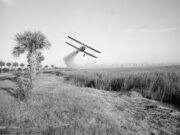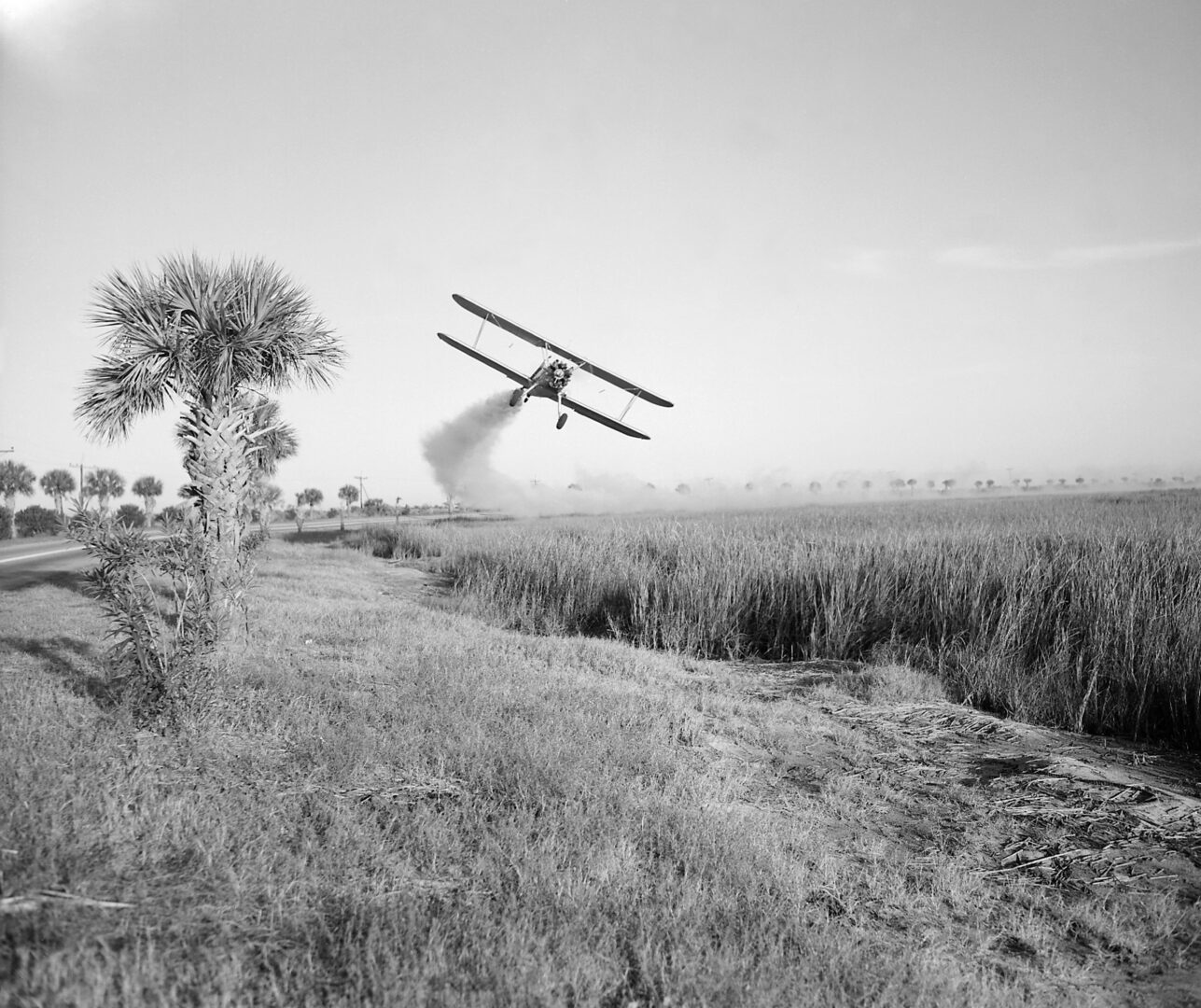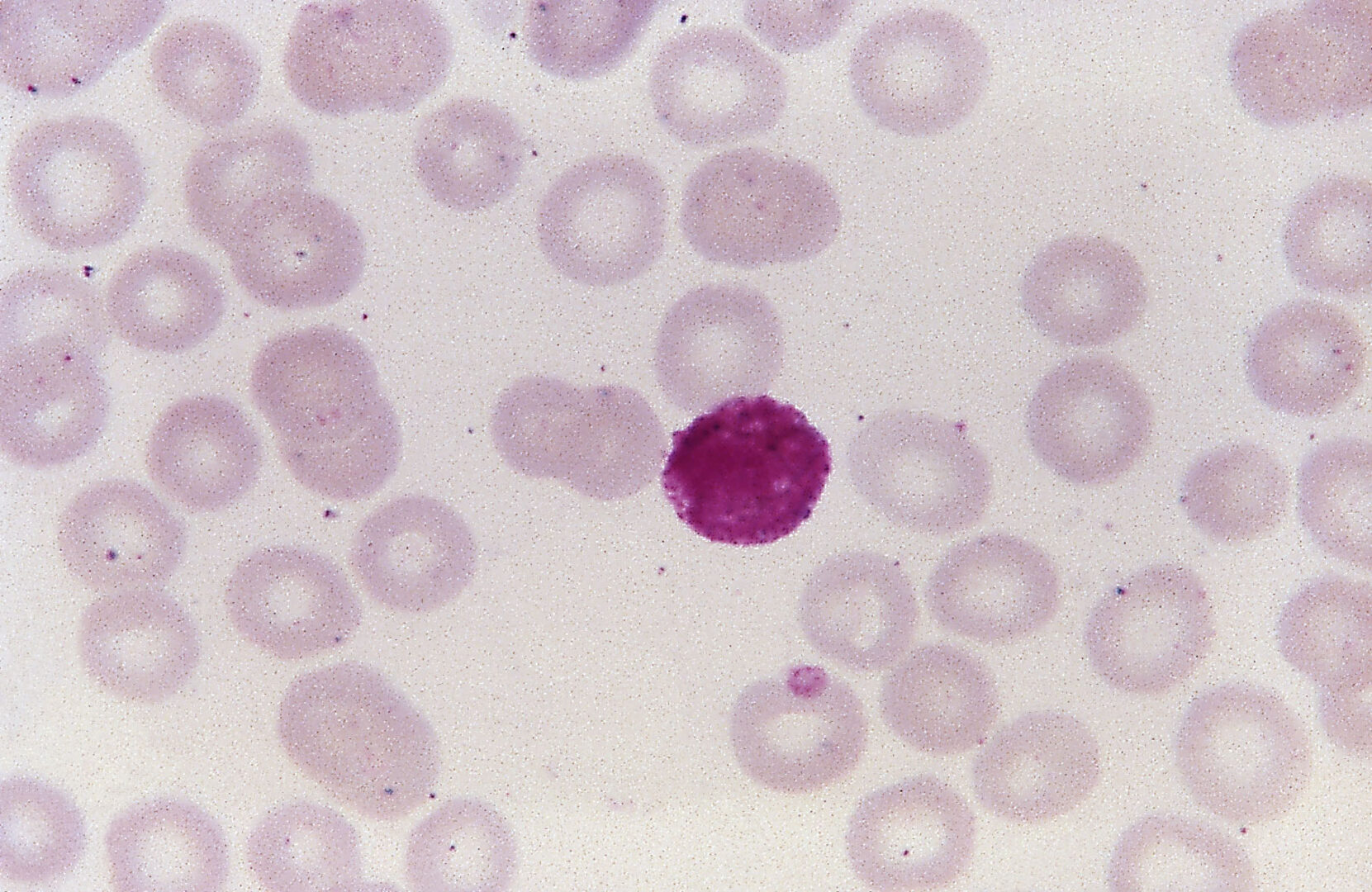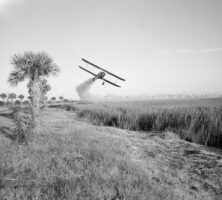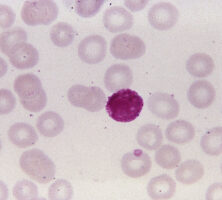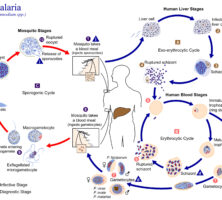Malaria, which has affected Georgians since colonial times, is a disease caused by one of four protozoan species of the genus Plasmodium.
The parasite enters people through the bite of an infected female mosquito and invades the red blood cells. Sometimes the disease is transmitted through blood transfusion or from mother to fetus. Symptoms of malaria include fever, chills, headaches, muscles aches, and malaise. Prevention methods include use of antimalarial medicines as well as protection from mosquito bites. Malaria can be treated effectively in its early stages, but if left untreated, it can cause anemia and jaundice, and lead to coma, renal failure, acute respiratory distress, and death.
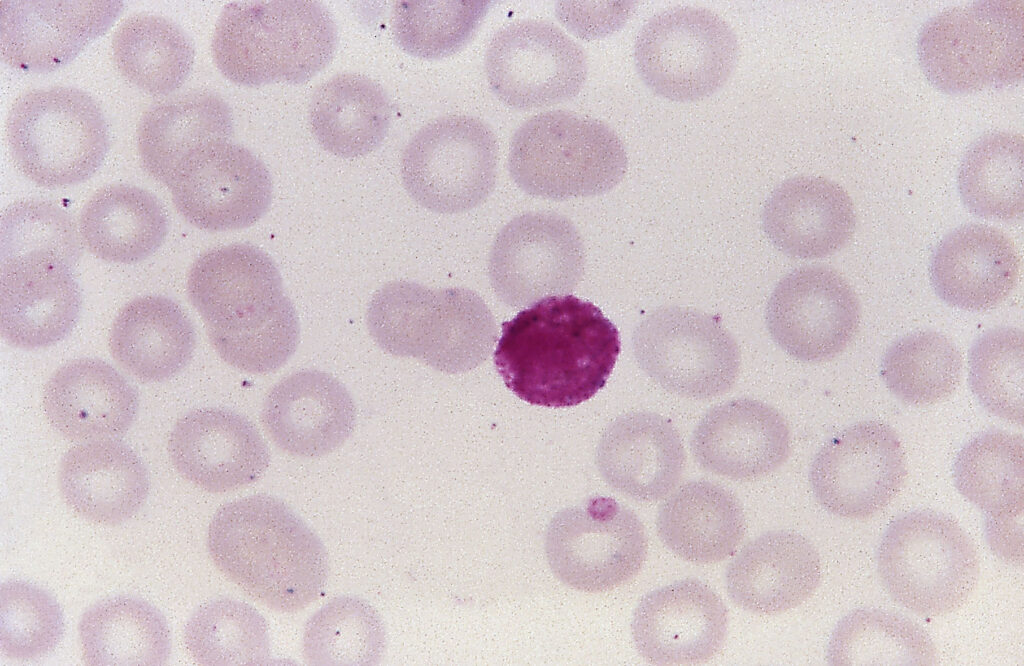
Courtesy of Centers for Disease Control and Prevention, Department of Health and Human Services
In colonial Georgia, poor sanitary conditions at the Salzburger settlement of Ebenezer led to an environment in which malaria could prosper. Eventually the settlement had to be abandoned because malaria was present in all of the surrounding swamplands. In 1806 the capital of the state moved from Louisville to Milledgeville, in part because of concerns over frequent outbreaks of malaria in the Louisville area.
Malaria made its way to the interior of Georgia in 1807. Settlers who took over the land after the Native Americans were forced out cut down trees and opened up the soil, allowing the disease to spread. Malaria slowed the growth and economic development of part of the state, more so than any other disease at that time.
Quinine was used to treat malaria from the 1800s until World War II (1941-45), when other, more effective medicines were developed. Thousands died from malaria during the Civil War (1861-65), and until the 1930s the disease was endemic in the southern states. To combat this problem, the U.S. Public Health Service assigned a new unit, Malaria Control in War Areas, which would later grow to become the U.S. Centers for Disease Control and Prevention (CDC) in Atlanta. Studies of malaria epidemics were also conducted from 1939 to 1958 at the site of the present-day Joseph W. Jones Ecological Research Center at Ichauway in Baker County.
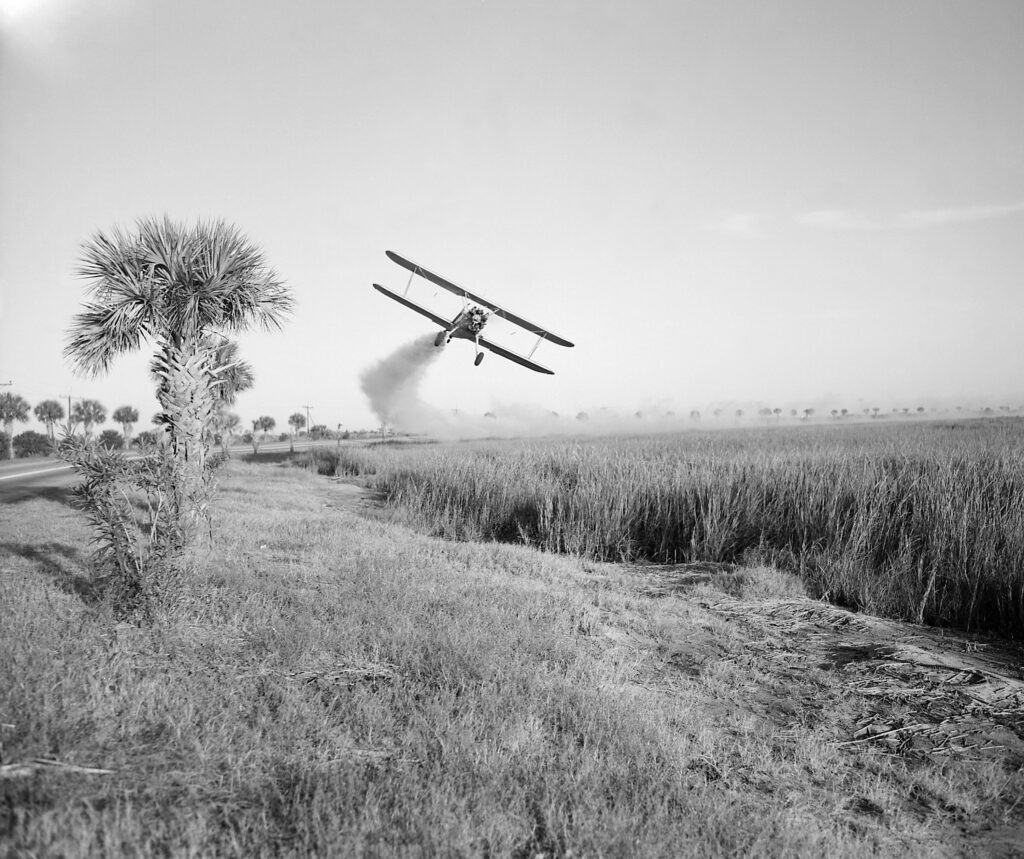
Courtesy of Centers for Disease Control and Prevention, Department of Health and Human Services
Malaria was eradicated in the United States in the 1940s as a result of improved housing, drainage of flooded areas, improved access to proper treatment, and the U.S. Public Health Department’s campaign to eliminate the disease using indoor residual spraying of the pesticide DDT to control mosquitoes.
Despite the eradication of malaria in this country, CDC receives reports of about 1,300 cases every year. Most of these are acquired during international travel. About 75 percent of these cases are associated with travelers’ failure to use the recommended preventive medications. In 2006 CDC received reports of more than 1,500 cases in the United States. In 2007, 39 cases of malaria were reported in the state, according to the Georgia Department of Human Resources.
The Atlanta-based humanitarian organization CARE works to eradicate malaria and other diseases in countries around the world.


